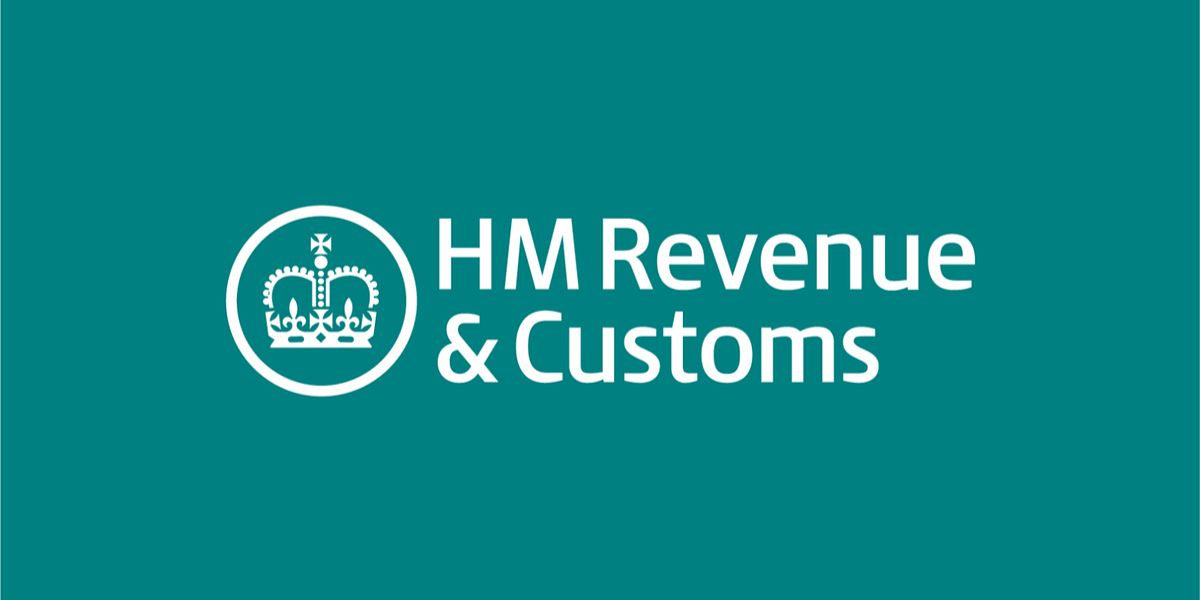On 27 October 2015 the UK published updated guidance on the Scottish rate of income tax that becomes effective from 6 April 2016. The Scottish Parliament is empowered to set a tax rate that is different from the rate applicable in the rest of the UK. The Scottish income tax rate will not apply to savings or dividend income which will still be taxed at the general UK tax rate. National insurance contributions will remain the same for all UK taxpayers.
The definition of a Scottish taxpayer depends on whether the taxpayer has a “close connection” with Scotland. This will generally be determined by the location of an individual’s place of residence in the tax year. To be a Scottish taxpayer an individual must be a UK resident for tax purposes. A non-resident would not be classified as a Scottish taxpayer.
Employers and pensions providers do not need to identify Scottish taxpayers as this will be done by HMRC. Scottish taxpayers will be given a tax code beginning with the letter S. Employers will then need to apply the Scottish income tax rate to the employees with this tax code, on the basis of Scottish tax tables. The payslips and forms P60 for these employees should also show the Scottish tax code.


















